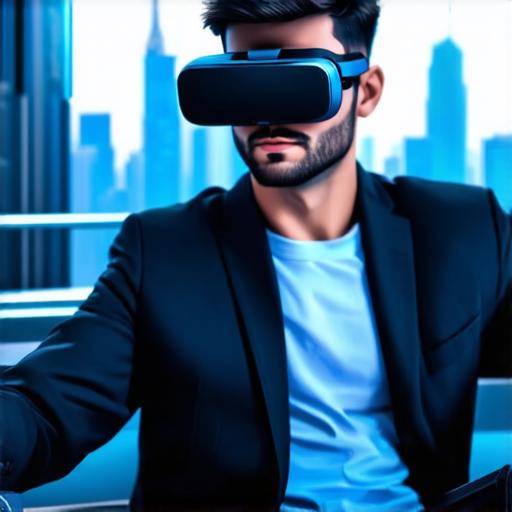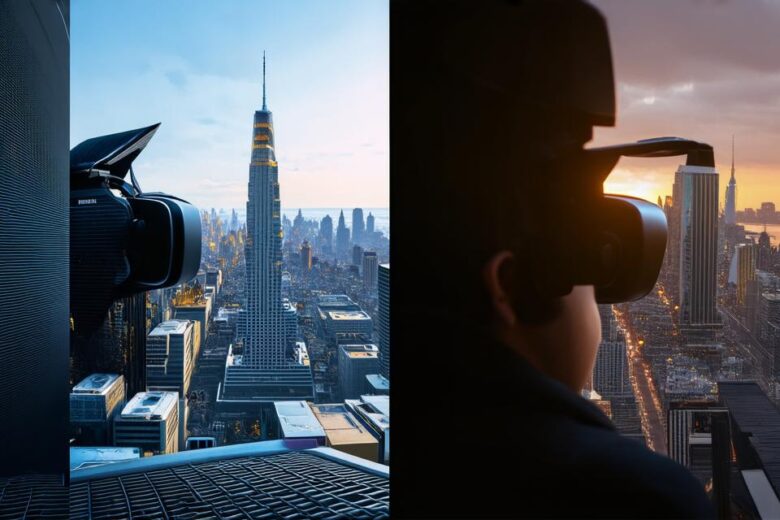What is Virtual Reality?
Virtual reality (VR) is a computer-generated simulation of a 3D environment that can be interacted with using special VR headsets or other devices. This technology creates an immersive experience by surrounding the user in a completely artificial world that they can explore and interact with. VR has been around for several decades, and its popularity has grown rapidly in recent years, particularly in gaming and entertainment industries.
What is Augmented Reality?
Augmented reality (AR) is a technology that overlays digital information onto the real world. This can include text, images, videos, and other interactive elements that are superimposed on top of the user’s view of the physical environment. AR allows users to interact with their surroundings in a more meaningful way by providing additional context and information about the objects and spaces around them.
Key Differences Between AR and VR
There are several key differences between AR and VR that set them apart:
- Interaction with Real World: AR allows users to interact with their physical environment in a more meaningful way, while VR completely immerses the user in an artificial world.
- Accessibility: AR technology is generally more accessible than VR because it doesn’t require specialized equipment or a dedicated space to use. Instead, AR apps can be accessed through a smartphone or tablet, making them easier to integrate into daily life.
- Cost: VR technology can be expensive to set up and maintain, particularly for larger organizations. AR, on the other hand, can be implemented on a smaller scale and is often more cost-effective in the long run.
- Real-World Applications: AR has many real-world applications that VR does not have, such as in manufacturing, construction, and healthcare.
Case Studies:
One great example of how AR is being used in a practical application is in the field of manufacturing. Companies like Ford have been using AR technology to improve the assembly line and increase efficiency. Workers can use AR-enabled devices to view instructions and diagrams, which helps them to work more quickly and accurately. This has led to significant cost savings and increased productivity for the company.
Another example is in healthcare, where AR technology is being used to improve patient care. For example, surgeons can use AR to view X-rays and other medical images in real time, which helps them to make more precise incisions and reduce the risk of complications. This has led to improved patient outcomes and reduced costs for hospitals.
Expert Opinions:
According to Dr. David Eagleman, a neuroscientist at Baylor College of Medicine, AR technology has the potential to revolutionize the way we interact with the world around us. “AR is a powerful tool that can help us to see the world in new ways and make more informed decisions,” he says. “As more people begin to use AR in their daily lives, I believe we will see significant changes in the way we work, learn, and interact with each other.”

